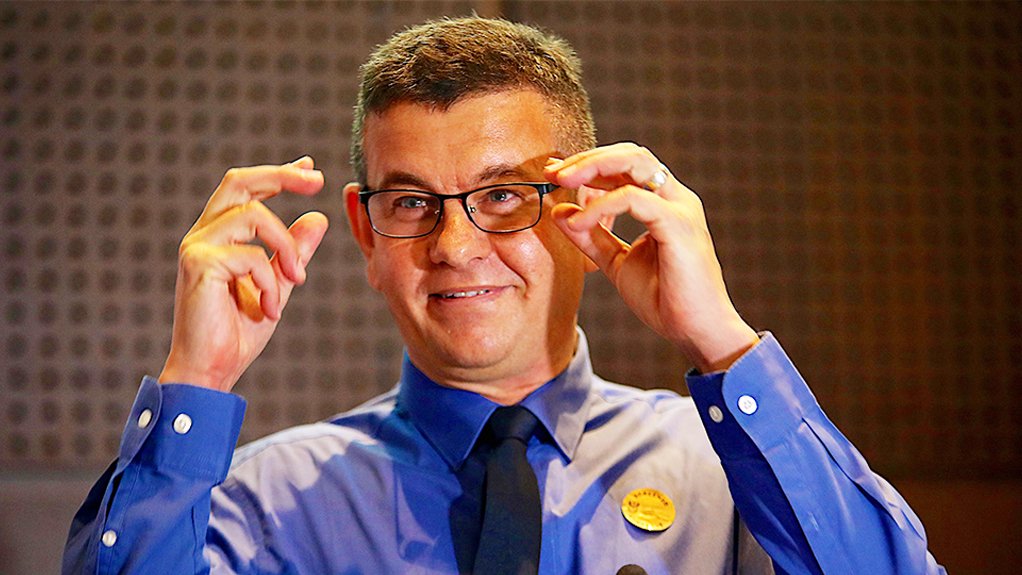Statistics South Africa (Stats SA) on August 25 reported a revised estimate of gross domestic product (GDP) for 2020, at R5.52-trillion, which is an 11% increase on the previous estimate of R4.97-trillion.
The revised estimate used 2015 as the base year, instead of 2010, which was used as the base year over the last decade.
Stats SA, therefore, revised upward the annual growth rate for 2020 to -6.4%, from -7% previously.
This compares to a GDP growth rate of 0.1% recorded in 2019 and 3.2% in 2011, based on 2015 prices.
Stats SA has restated some of its estimates following a benchmarking and rebasing exercise. During this process, the organisation included new sources of information, improved the compilation methodology, reviewed and refined the classification of economic activities and updated the reference year from 2010 to 2015.
Economic statistics deputy-director general Joe de Beer says the improvement in methodology and classification, which Stats SA periodically undertakes, resulted in economic activity being more accurately linked to the industries where the activity takes place.
Stats SA’s previous benchmarking exercises resulted in a change in GDP size of 13.5% in 1995, 3.8% in 2000, 1.8% in 2005 and 2.8% in 2010, compared with their prior base years. The economy is now 9.2% larger using the new base year of 2015.
On the production side, education and health services are now correctly treated as part of personal services rather than general government sector, Stats SA notes.
Similarly, trading entities from local government institutions are now also included in personal services.
These reclassifications, along with new datasets and improved methods, reduced the contribution of general government to the economy in the new 2015 base year by R283-billion, down by 45%, and increased the contribution of personal services by R439-billion, up by 206%.
In terms of GDP per capita, it had risen to R79 913 per person in 2015, compared with R73 209 in 2010.
The estimates for the finance, real estate and business services industry are now R191-billion, which is 26% higher in 2015, largely owing to the inclusion of “other” business services that were previously not surveyed, as well as improved methods to estimate owner-occupied housing and improved coverage of computer and related services.
As part of maintaining the balance between supply and demand, expenditure on GDP must reflect changes in the production of GDP. On the expenditure (or demand) side, the most significant revision in the 2015 base year is for household final consumption expenditure, which is estimated to be 16% higher.
The three categories of household expenditure contributing the most to this increase are recreation and culture, restaurants and hotels, and miscellaneous goods and services.
There was a decrease in one category, namely food and non-alcoholic beverages.
Further, Stats SA unpacks the non-observed economy, which consists of activities that are not captured in regular statistical enquiries. It overlaps with the informal sector, but, notably, they are not the same.
Between 2013 and 2018, Stats SA finds that, on average, the non-observed economy accounted for 8% of total value added.
The highest level of activity took place in the personal services industry, comprising 33% of the segment, followed by trade, catering and accommodation, comprising 18%, transport, storage and communication, comprising 16%, and manufacturing, comprising 13%.
Stats SA is now digging deeper into production and consumption. The newly benchmarked supply and use tables cover 118 products and services across 213 industries for the years 2013 to 2018. Data for 108 products and services across 124 industries will be published.
Stats SA explains that it will publish these GDP figures for the second quarter of 2021 on September 7, as well as the revised quarterly GDP statistics for the first quarter, but the headline GDP growth rate will not be annualised, owing to the low base effects of the heavily impacted 2020 year, owing to Covid-19.
Instead, Stats SA will report comparative figures with 2020 on a seasonally adjusted basis.
EMAIL THIS ARTICLE SAVE THIS ARTICLE ARTICLE ENQUIRY
To subscribe email subscriptions@creamermedia.co.za or click here
To advertise email advertising@creamermedia.co.za or click here











